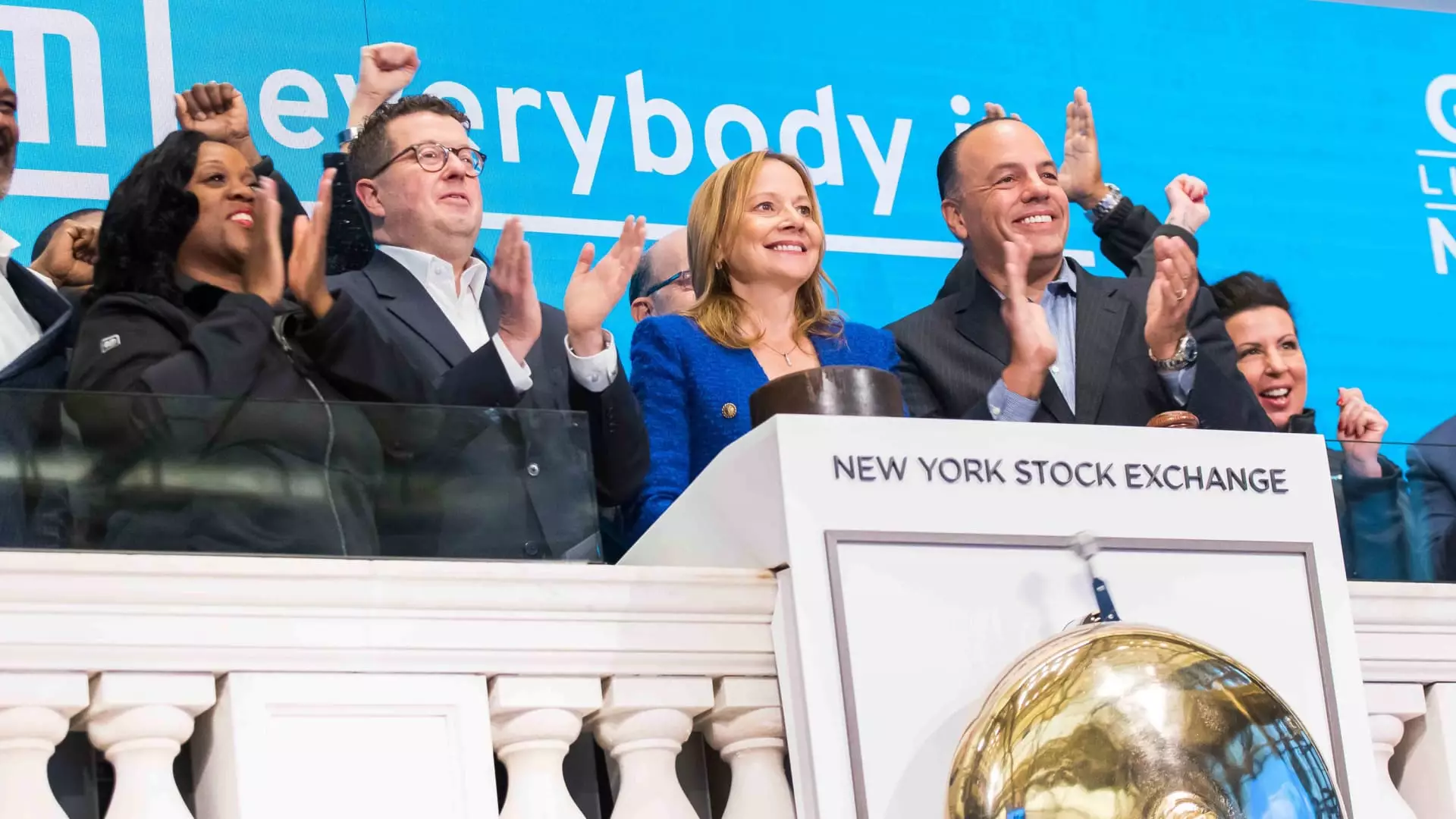Recently, General Motors (GM) made headlines by announcing a 25% increase in its quarterly dividend alongside a new share repurchase program worth $6 billion. This decision reflects the company’s intention to provide tangible returns to its investors, especially during a time when industry-wide sales and profits are experiencing a slowdown. The increase in the dividend will elevate payments to 15 cents per share, placing GM on par with its competitor, Ford Motor Company, thereby reinforcing its commitment to rewarding shareholders.
In a broader context, GM’s share repurchase strategy is equally noteworthy, as it involves a commitment of $2 billion scheduled for completion in the second quarter of the fiscal year. These financial maneuvers signal GM’s ambition to maintain investor trust, despite the company grappling with external market pressures.
Mary Barra, GM’s CEO, articulated confidence in the company’s financial strategies, emphasizing the execution of their capital allocation goals. Barra highlighted three primary pillars of their strategy: reinvesting in growth, sustaining a robust balance sheet, and returning capital to shareholders. Her remarks underscore the company’s proactive approach to managing resources effectively.
The significant $6 billion repurchase program is particularly proactive, given the current backdrop of plateauing automotive sales, regulatory uncertainties, and potential growth challenges. A notable aspect of the strategy is GM’s conscious effort to manage its balance sheet while actively engaging in buybacks, which could enhance shareholder value.
Moreover, GM’s earlier announcement of $16 billion in stock buybacks, culminating in the retirement of over 1 billion shares, exemplifies a concerted effort to elevate stock value. However, despite these actions, it’s essential to note that GM’s shares experienced a decline exceeding 12% this year, suggesting that investor sentiment may not align fully with the company’s initiatives.
The automotive industry is currently under strain, with various elements conspiring to hinder growth. Analysts have pointed out several key factors behind the stagnation in stock prices: flatlining industry sales, uncertainty around tariffs, and a perceived scarcity of growth opportunities. These elements not only impact investor confidence but also showcase the challenges that GM, alongside its peers, faces in navigating the competitive landscape of the automotive sector.
The projected share buybacks of GM will utilize the average daily volume-weighted price during the buyback term, executed by financial institutions JPMorgan and Barclays. This precision in execution exemplifies a well-planned approach to capital deployment, but the prevailing market conditions denote a complex backdrop for achieving desired outcomes.
For the upcoming fiscal year, GM has set ambitious guidance, forecasting net income attributable to stockholders ranging from $11.2 billion to $12.5 billion, translating to earnings per share between $11 and $12. Furthermore, adjusted earnings before interest and taxes (EBIT) are projected between $13.7 billion and $15.7 billion. Coupled with adjusted automotive free cash flow expectations of $11 billion to $13 billion, these figures highlight GM’s resilience and future growth potential.
However, it is crucial for the company to remain adaptable amidst evolving public policies affecting the automotive landscape. Paul Jacobson, GM’s CFO, emphasized this sentiment by asserting confidence in GM’s business plan while advocating for agility in response to external factors. His reassurance underlines the need for firms like GM to stay attuned to the shifts in policy that could impact operational capabilities and market positioning.
GM’s dividend increase and newly announced share repurchase program reflect a strategic determination to bolster investor confidence and maintain a strong market presence amidst challenges. While the company articulates robust financial projections, it is imperative for GM to navigate the complexities of the automotive industry with vigilance and adaptability. Only through sustained execution of their capital allocation strategy can GM hope to placate investor concerns and steer the company toward future success.

